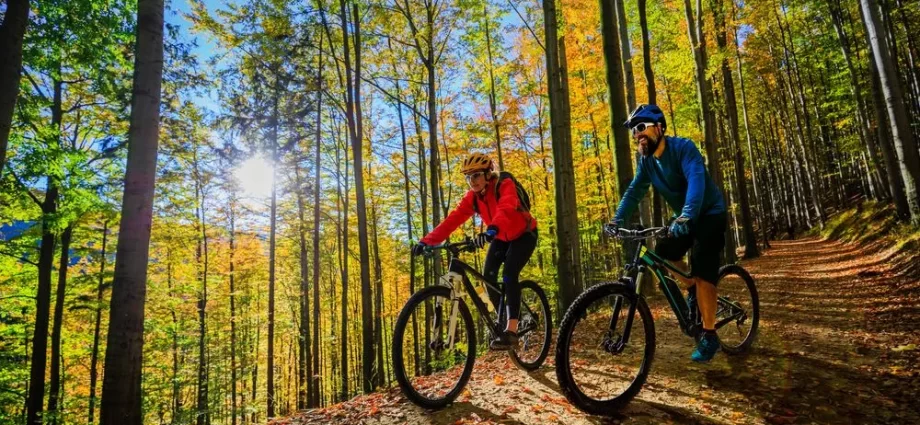Outside Walla Walla has highlighted the following 9 mountain biking fundamentals for novices. Make sure you understand the fundamentals before your next outside adventure.
Maintain Your Modularity
When you first begin riding a mountain bike, you must relax and allow the cycle to do the work. To accomplish this, you must keep your body flexible enough that it may roll under you with ease. Keep your bottom off the saddle when traversing obstacles such as roots and rocks. You will need more room to maneuver your bike when the terrain grows more complex.
Continue!
Although it may seem counterintuitive, maintaining a constant speed or increasing it as the difficulty of the race increases can allow you to navigate obstacles more swiftly and effortlessly. Forward movement is your ally in the actual world; therefore, keep moving whenever possible.
Change Your Concentration
The route you take will feature steep highs and lows. When climbing a steep incline, you should shift your weight forward and lean forward such that your center of gravity is above your rear wheel.
Avoid Hard Stopping
As a beginner mountain biker, you may feel the impulse to grab both brakes and pull them with all your strength to the handlebars. The brakes on a mountain bike are so efficient that you can regulate your speed with one or two fingers.
Accelerate or decelerate before corners or rocks and maintain a constant speed while navigating rugged terrain. Avoid applying the front (left) brake whenever possible when entering a turn. If you try to stop abruptly, your front tire will skid, sending you careening off the handlebars and onto the road. Instead of shooting for the face, aim for the back (right), and you will have a better chance of staying upright.
Select a Higher Gear
After encountering a change in landscape, take the last possible moment to change course. This will assist you in sustaining your momentum, which is your most potent ally.
Put in Place Your Suspension
The typical mountain bike currently features a front suspension fork and usually a rear shock absorber. These unique technologies virtually completely erase significant road imperfections. You must turn them on for them to function.
Try Concentrating on Your Goal
If you fixate your gaze on the rock you are attempting to avoid, your chances of colliding with it increase dramatically. Your bicycle will travel in the direction your eyes are directed. Instead of focusing on obstacles, you should concentrate on your eventual goal. Keep your head up, your eyes forward, and your gaze as far down the trail as possible, utilizing your peripheral vision to identify and navigate obstacles in your direct path.
Refreshing your Repair Skills
Due to the rougher terrain, more mechanical breakdowns occur off-road than on pavement. Tubeless technology has reduced the occurrence of flat tires, although they have not been eliminated. Prepare for the unavoidable by brushing up on your repair skills—minimum requirement: learn how to change a flat tire. Alternatively, you should be able to repair a broken chain and replace a derailleur hanger that has been damaged or bent.
Never Solely Rely on your Credit Card.
Your mountain bike journey will likely take much longer than expected, whether you encounter rugged terrain, a mechanical issue, or get lost. Always bring more food and water. Always have a spare tube (or two), a pump, and a multi-tool. Having everything you need will allow you to relax and enjoy yourself without worrying about forgetting anything.

